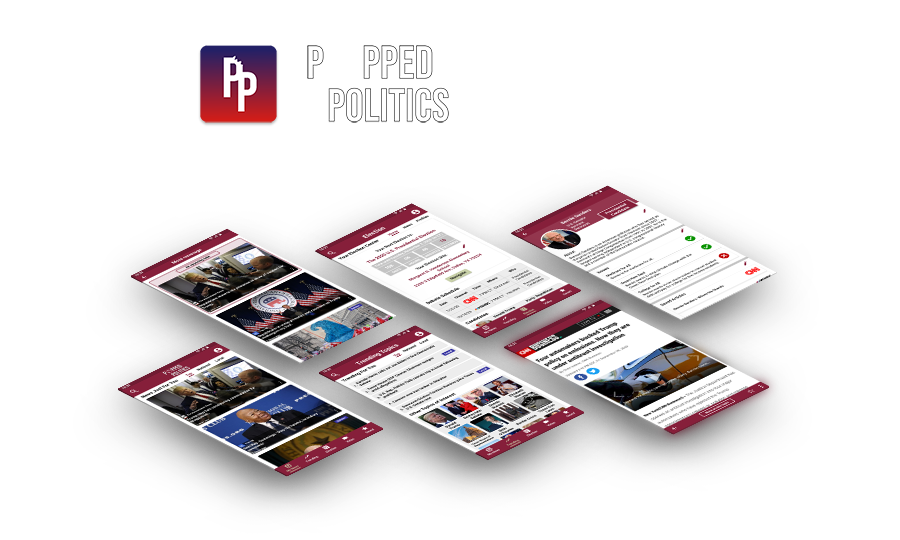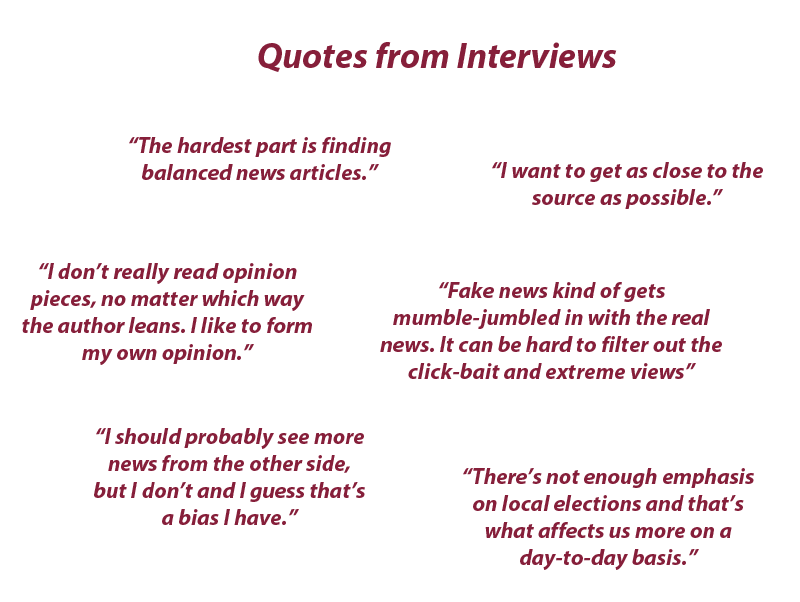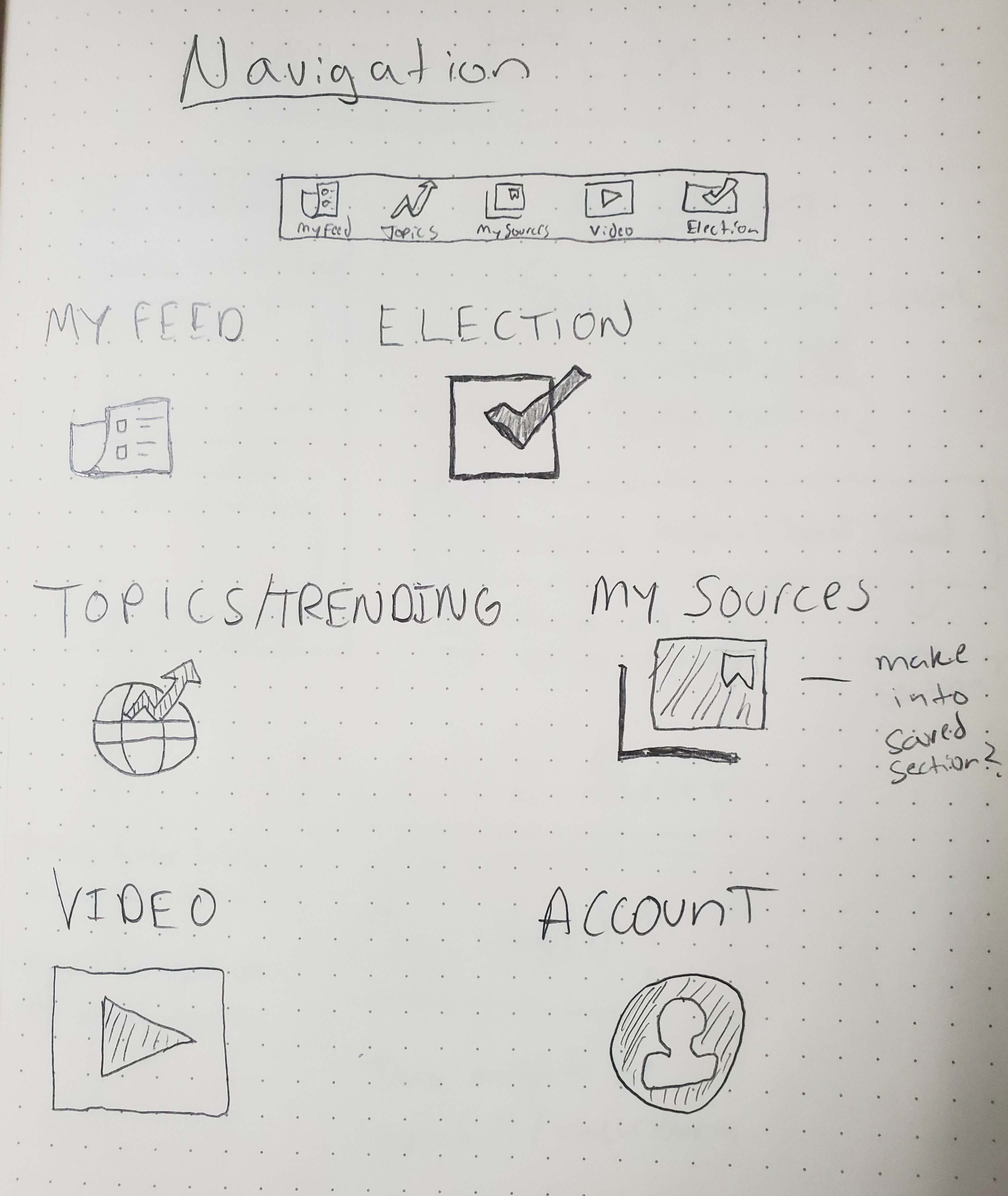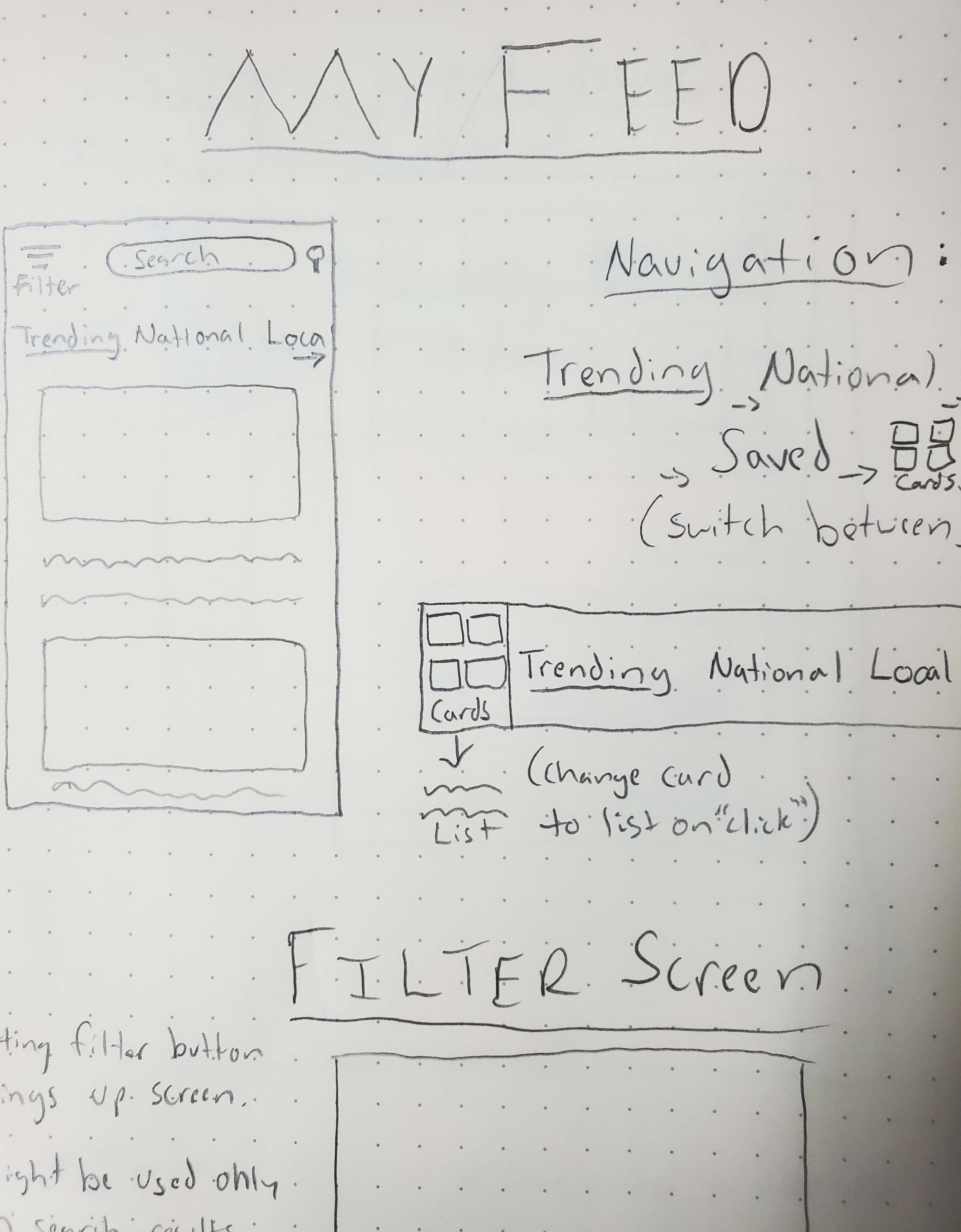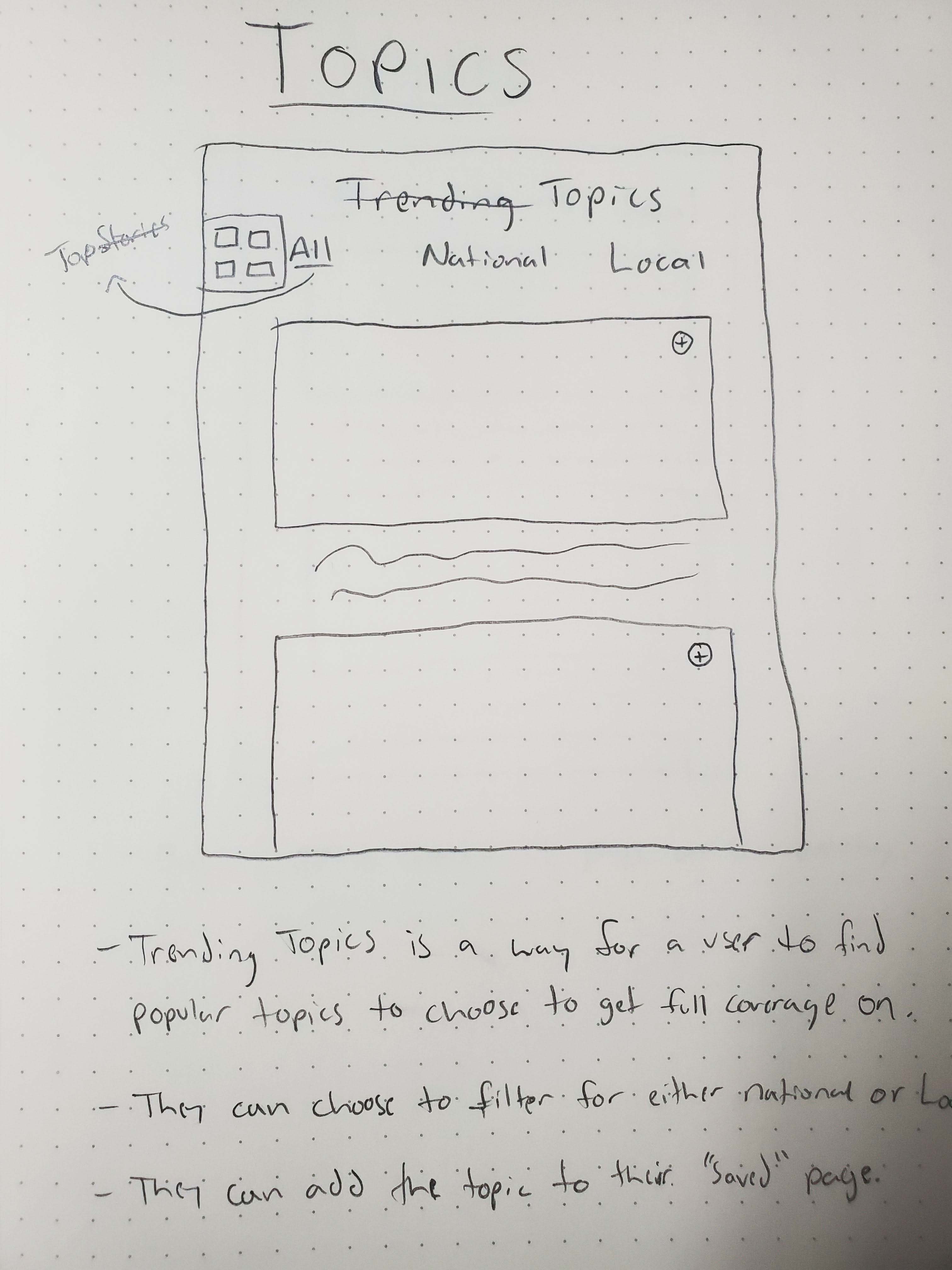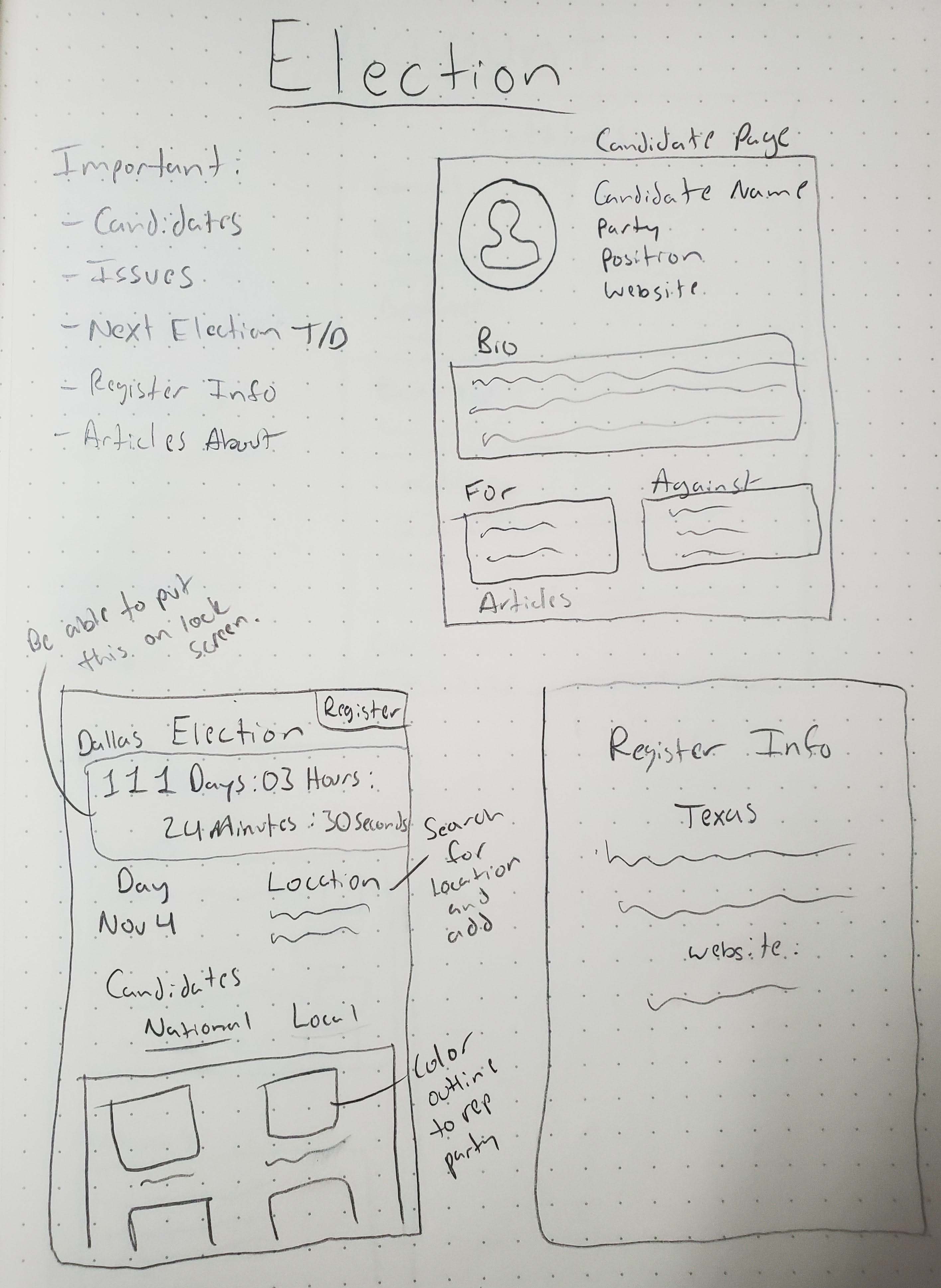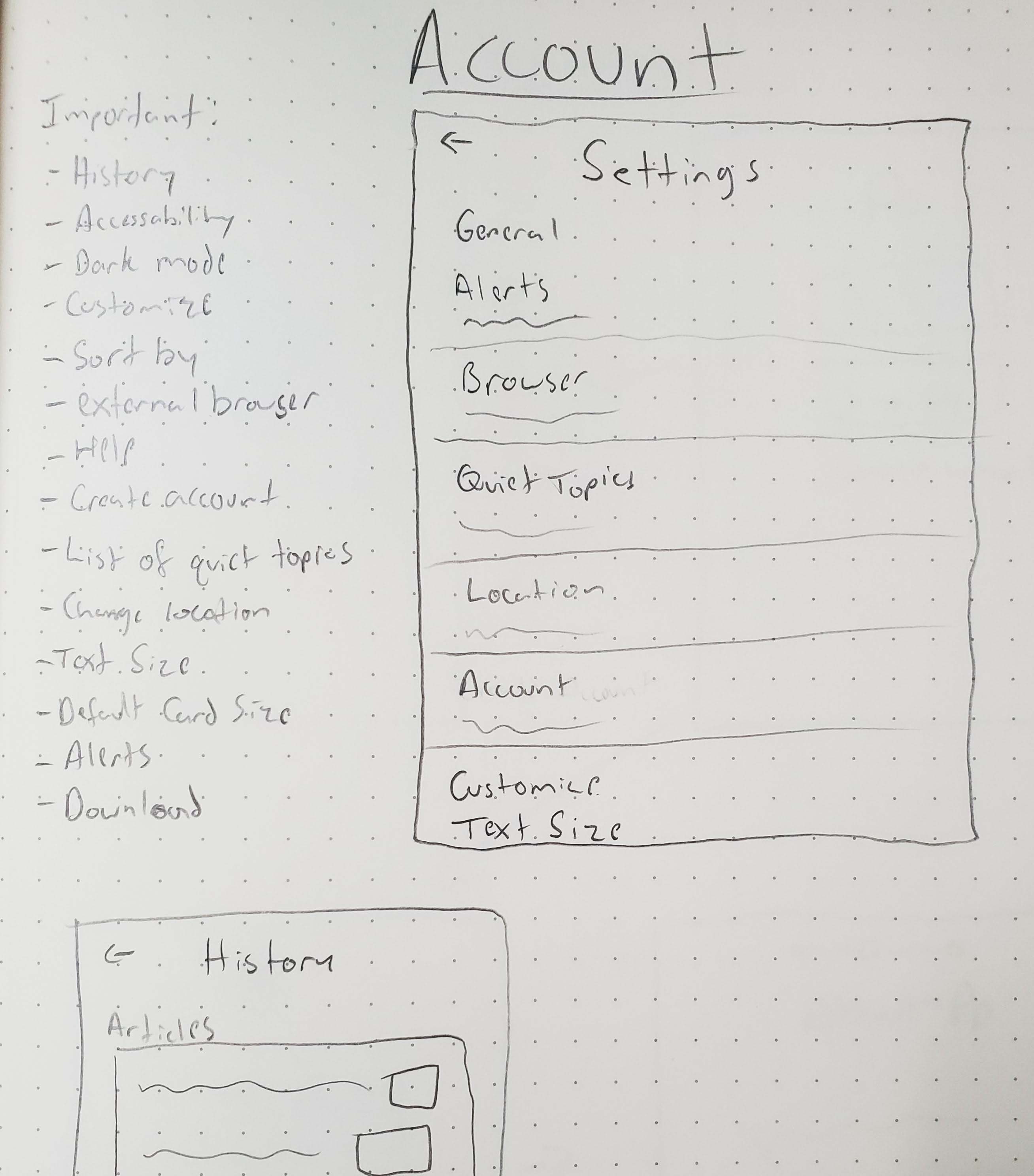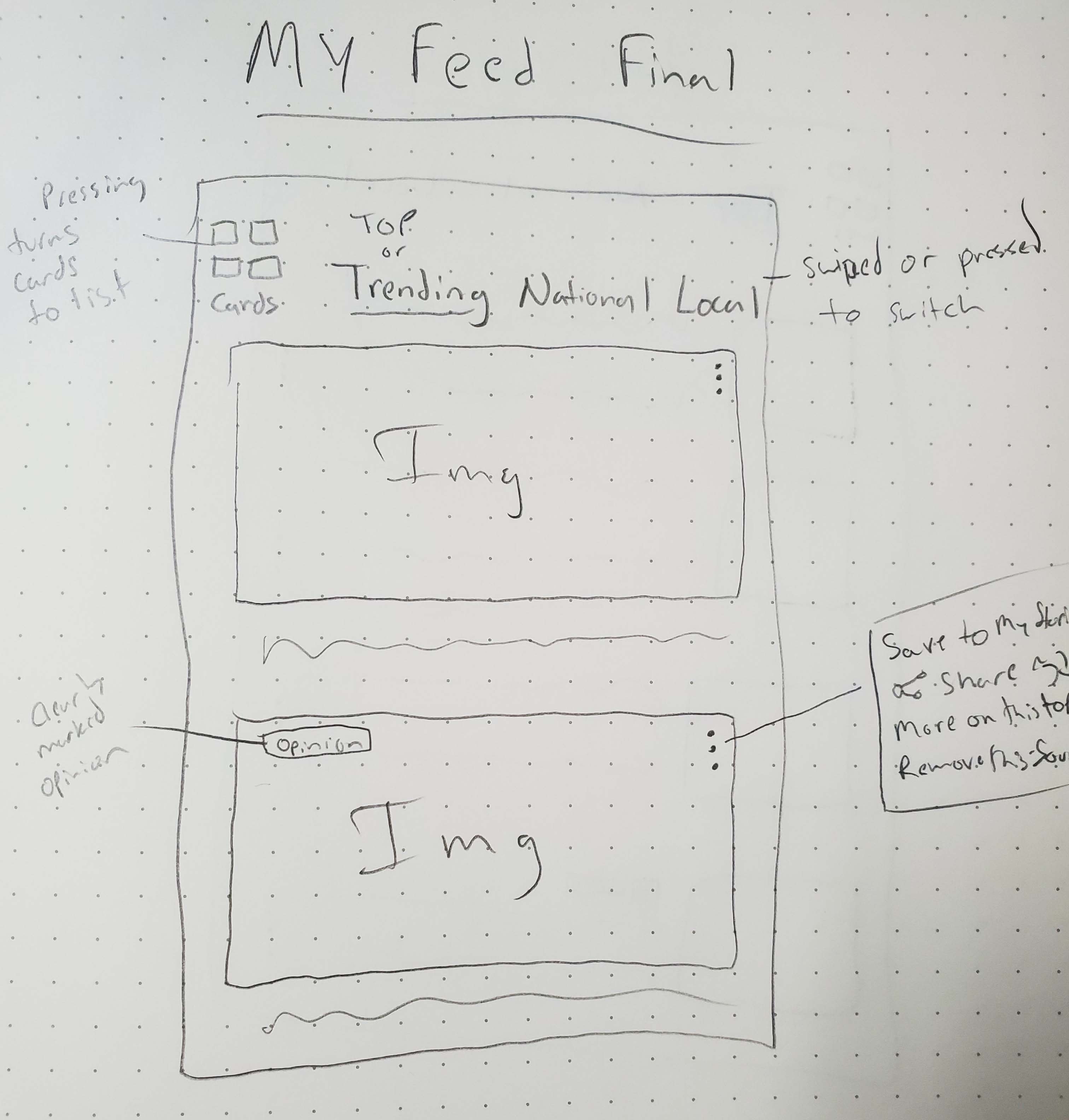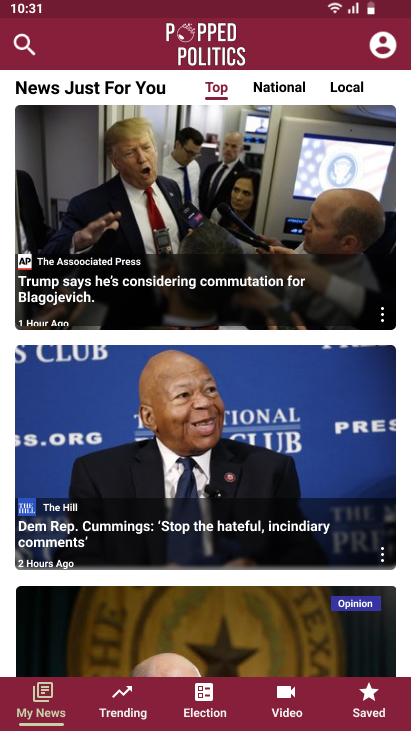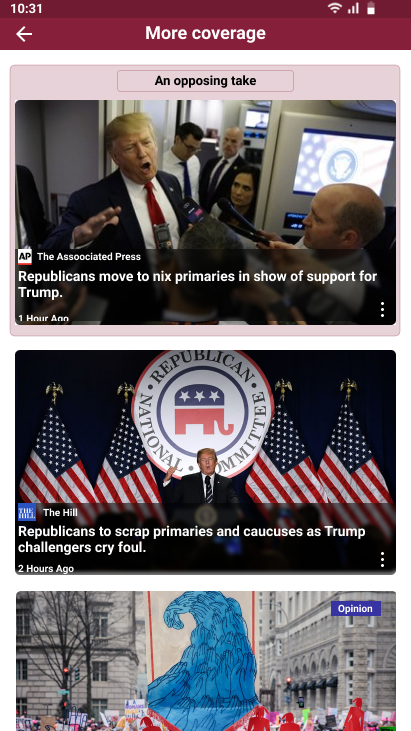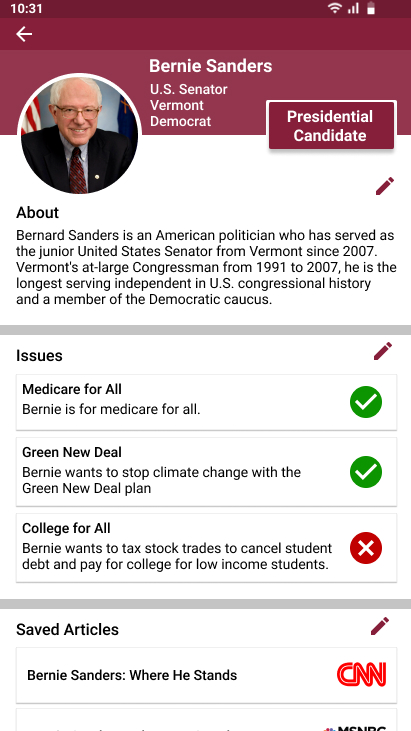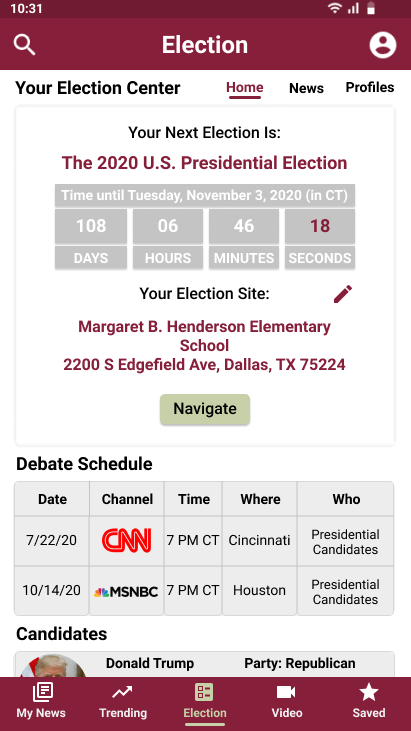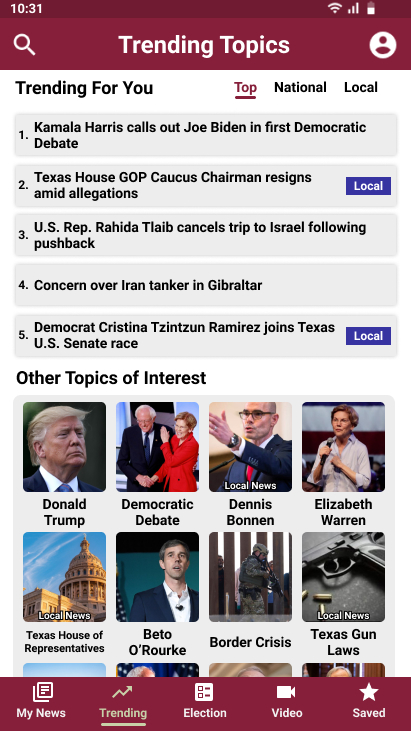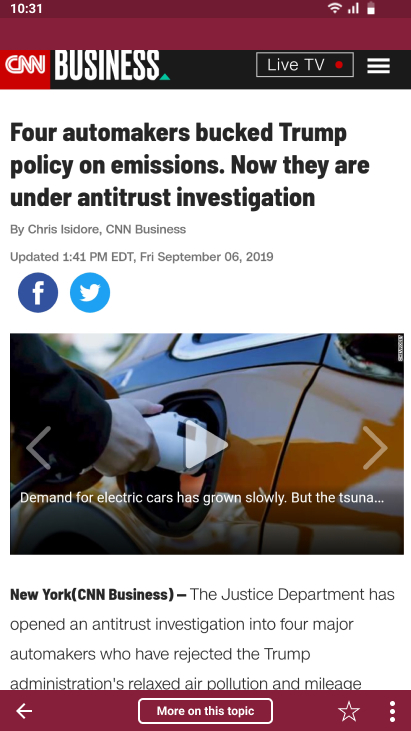Research
User Interviews
We did interviews with 4 prospective users whose political leanings ranged from moderate to middle-left and aged mid-20s to early-30s.
From the interviews we were able to gain powerful insights into what their current frustrations were in dealing with the current news cycle and what features were missing in the online and mobile news market. Our key takeaways:
- Too much noise from untrusted sources.
- Hard to find sources for information within articles.
- Want to be more prepared for elections.
- Too many political candidates to keep up with.
- Want a more well rounded view on topics.
Market Analysis
We did a general market analysis using multiple online sources to find a target demographic. The data showed an increase in political engagement in younger people, particularly 18-29, and mobile app usage being biggest in those users as well. Our key takeaways:
- From the 2014 election to the 2018 election there was the most increase in ages 18-29 (79%) than any other age group, with the next closest being 30-44 (37%).(census.gov, 2019)
- Generation Z, X, and Millennials (ages 18-53) outvoted their older counterparts for the first time in 2016, a trend which continued in 2018. (pewresearch.org, 2019)
- Nearly half (49%) of young Americans say they do not know enough about the issues to get involved. (prri.org, 2018)
- News/information apps rank as the 10th most used category in share time (41%), with political apps following three places behind that (5%). (statista.com, 2017)
- Users 44 years and younger spend over 50% of their digital media time using smartphone apps, with 18-24 spending 66%, while 45 and over spend less than 50%. (comscore.com, 2017)
Competitor Analysis
Doing a competitor analysis allowed us to figure out a framework of how a news aggregate site operates and which features worked for users and which did not. Our key takeaways:
- All of the content will be collected from other websites via users, webmasters, or RSS feeds.
- The best aggregator sites will display content with complete attribution and a link back to the original creator.
- Creators can also pay to have their content aggregated and distributed more widely among larger websites. Syndication is a particularly popular news aggregator business model because it helps publishers remove the hard work of negotiating and securing distribution.
- Users appreciate a widely sourced aggregator site because it removes the tedious search-click-search-click process. There is nothing better than finding a range of views and stories in one place through scrolling.
- Google News features, like easily getting full coverage on a topic, freedom and control of practically every aspect of a users news experience, and simple design stood out from its competitors.
